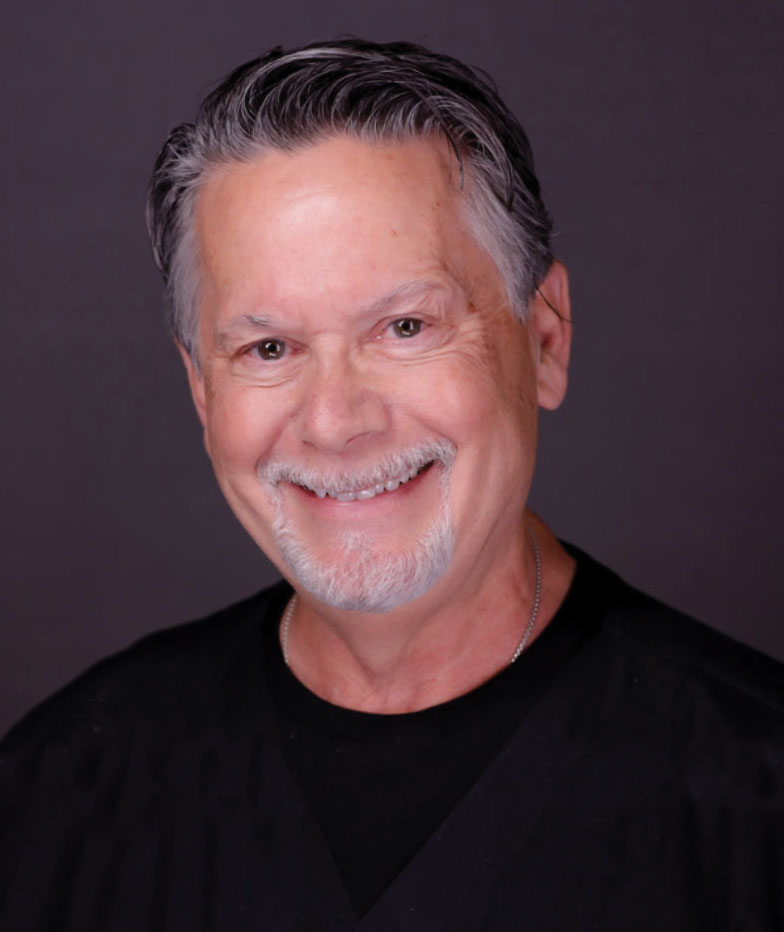 |
Eye care and eye drops have been carrying on like the chicken and the rooster for centuries. The global market for ophthalmic drops is currently estimated to be $36 billion to $39 billion US. That’s not as much as the government spends on protecting the snail darter and Sesame Street, but at least in my world, that’s still a whole lot of billions.
The eye’s protective system in our body’s tear chemistry is elegant and would be virtually indestructible if we didn’t eat and drink what we eat and drink, stare at screens all day and fight like dogs to live longer and longer. Cavemen didn’t need drops. They cured itchy eyes by being eaten by saber-toothed tigers before they turned 16. No college funds were ever needed either.
But now, dry eye drops are just about the sexiest thing in the world to both patients and doctors. Our patients want the magic eye drop to solve all of their problems. And the manufacturers work like hell to make sure we know that their drop is, in fact, the end-all, be-all when it comes to ocular dryness and everything else. Want to solve the border problem? Artificial tears.
Oh, yes, we all have our favorites. Me? I personally like the ones with the prettiest labels. They seem to work the best for my patients in Texas where it only rains when there is a tornado.
I remember so well the look on many of my patients’ faces through the years during conversations that went just like this:
Me: “Tell me about your eyes.”
Patient: “They water all the time.”
Me: “That’s because they are dry.”
Patient (to herself): “Great. The dumbest eye doctor in America.”
Me: “You will need to take these drops with the pretty label.”
Patient (to herself): “Said the dumbest eye doctor in America.”
But dryness is only the tip of the eyedropper. Now, there are drops for everything. There are drops to slow myopia, and you know what, they actually seem to work. There are drops for bacterial infection, which almost zero patients actually have when we prescribe the medications that actually create super bugs… that require even more drops.
And don’t get me started on steroids. In medical school, we learn that steroids are more dangerous than razor blades wielded by an angry eight-year-old orangutan. If you prescribe steroids, you might as well be Dr. Kevorkian, except he was nicer to his patients than you.
Me? I like to prescribe steroid drops. They work, patients feel and look better and, so far, nobody has gone blind or died on them. Of course, I’ve only been in practice 41 years, so we’ll see if this changes.
What about mydriatics, you may ask? Well, what about them? What’s your question? Are they necessary? Sure, if you miss stuff in your examination that you should have easily seen and documented with widefield retinal photo graphy. There are only two things patients hate more than dilation by drops: the puff tonometer and spending an extra $39 to get the pictures.
graphy. There are only two things patients hate more than dilation by drops: the puff tonometer and spending an extra $39 to get the pictures.
Did you know that a well-known over-the-counter red eye drop has been demonstrated to inactivate the coronavirus? As we all start climbing back into airplanes, shouldn’t the public be told about that? Just asking…
And the drop that cures presbyopia? Patients are very excited about that. I remember a point 11 years ago when I was told it would be approved within two years. Some reps were in my office recently. They told me their drop would definitely be on the market in, you got it, two years. This time I think they meant it because they were wearing scrubs, but on the other hand, they didn’t bring bagels, so who knows.
If one of the many eye drops can actually slow or reverse the hardening of the crystalline lens, then I assume it can also slow or reverse cataract formation so patients may not need cataract surgery until they turn 100, right?
The longer our lifespans become, the more drops we’ll need. Do yourself a favor and recommend the ones with the pretty labels.
Dr. Vickers received his optometry degree from the Pennsylvania College of Optometry in 1979 and was clinical director at Vision Associates in St. Albans, WV, for 36 years. He is now in private practice in Dallas, where he continues to practice full-scope optometry. He has no financial interests to disclose.

